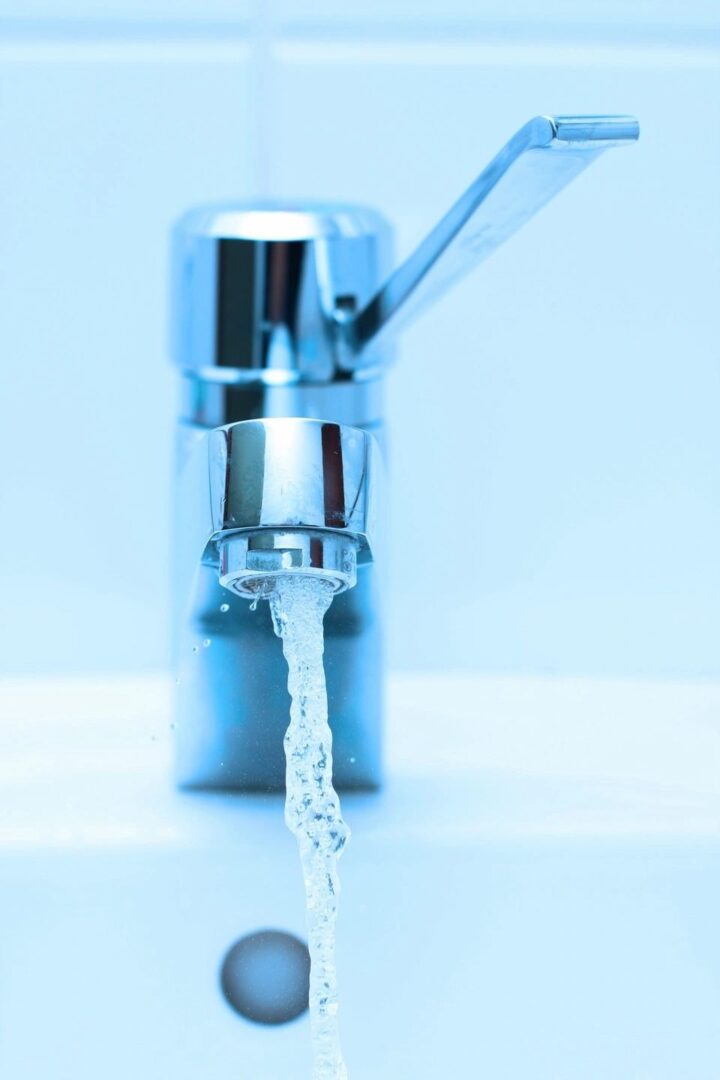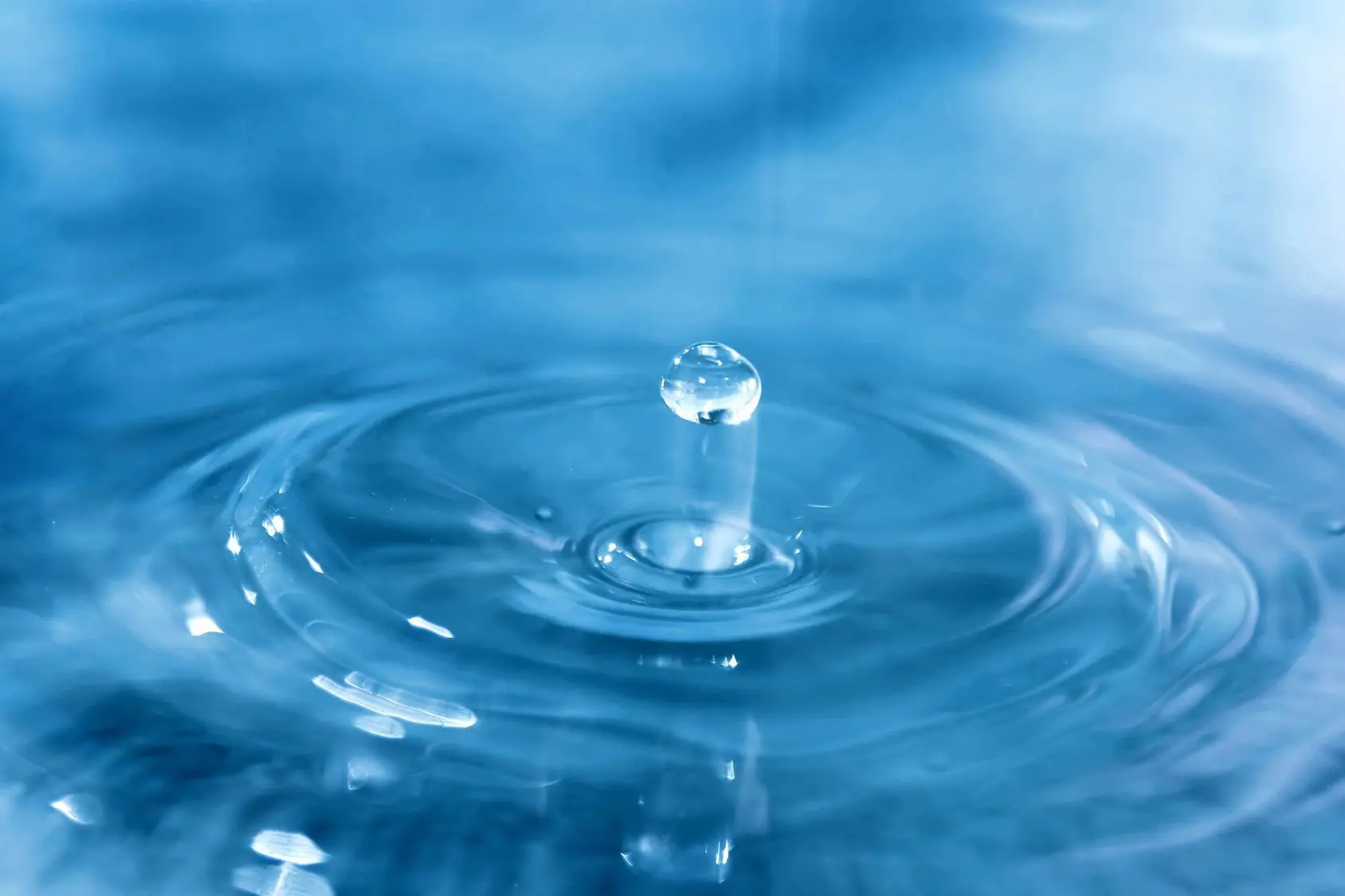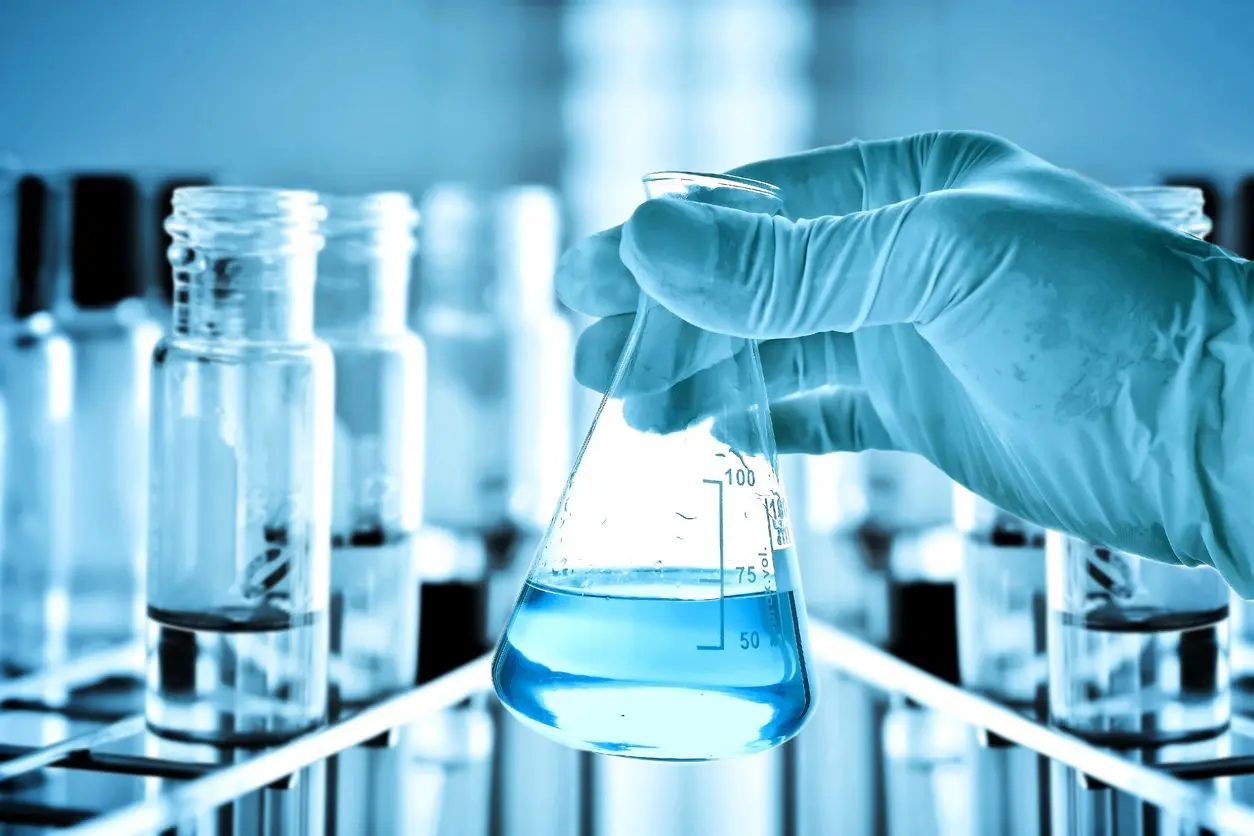Common Water Symptoms and Solutions

Hard Water
You know you have hard water when you still feel something on your skin after you shower or wash your hands — it may be a sticky feeling. Hard water feels this way because of its high mineral count. Before reaching your city’s water treatment center, water naturally absorbs calcium and magnesium as it travels. Some areas have higher counts of these minerals than others. That’s why hard water levels vary across the United States.
Beyond making your skin feel sticky, hard water can lead to:
- Leftover residue collecting in your shower and water-using appliances
- Scale buildup on faucets and drains
- Duller clothes and laundry that feel crunchy and worn
- Soap that doesn’t lather properly (hard water interferes with its activation)
- Higher energy bills — scale in pipes means it takes longer to heat water
- Reduced water pressure
Chlorine and Chloramines
Chlorine is a disinfectant, and it is added to the water supply to ensure that there are no bacteria floating in the water. The Environmental Protection Agency allows certain levels of chlorine in water at city treatment centers, so when the water reaches your home, it’s bacteria-free.
Many treatment centers use chloramines, which are a combination of chlorine and ammonia. However, too much can make your water smell and taste unappealing. It can also irritate your eyes and skin, especially for those suffering from eczema.
Chlorine and chloramine are absorbed rapidly by the human body — even if you just shower in chlorinated water and do not drink it, you will be absorbing chlorine.

Iron
You can tell iron is in your water if it has a metallic taste and smell. If you notice rust-like stains on your drains, toilets, and water-using appliances, iron is most likely the culprit.
Your water can contain one of two types of iron contamination:
- Ferrous iron contamination is clear to the eye when it’s coming out of the faucet. After it settles in a toilet bowl or glass, it turns red or brown.
- Ferric iron contamination tints your water to a yellowish red as soon as it comes out of the faucet. It’s also known as “red water iron.”
Iron contamination begins during water’s natural cycle. When water passes over iron-bearing rocks — 5% of the earth’s crust — iron contaminants are carried all the way through the treatment process and into your home.
Iron contamination can affect the function of your showerheads and faucets because iron collects at the mouth of these water sources, plugging the small holes in the shower and building up in your kitchen and bathroom sink faucets. Iron also clogs pipes, making your plumbing inefficient — which leads to higher energy bills.
Manganese
Manganese is one of the two culprits behind hard water. It’s an essential mineral and occurs naturally in soils and rocks. Nature and humankind need this mineral to exist, but high volumes of it can be unhealthy.
Manganese concentrations are measured in parts per million (PPM). If manganese is higher than 0.5 PPM, your water may start tasting metallic and leaving behind brownish stains around your home’s sinks. If your water comes from a private well, concentrations of this manganese could be as high as 3 PPM, which would quickly discolor any appliances that use water.
Hydrogen Sulfide
If you smell sulfur — that rotten egg smell — hydrogen sulfide has infiltrated your water, either through your water heater or through your pipes.
This pungent gas arises from naturally decaying organic matter, such as the remains of dead plants or animals and their waste products. The gas isn’t released until it reaches a liquid state, whether that’s through sewage, hot springs, or liquid manure.
If your water heater smells like sulfur, it’s hydrogen sulfide gas and a clear indication that you need to service your water heater.
If traces of the gas exist in your cold water, the hydrogen sulfide is coming to life in corroding pipes that carry water into your home.
Sediment and Cloudy Water
When you pour a glass of water, what do you see? Are there bubbles forming and quickly going away? Or does a cloud linger for a few minutes before the water finally settles and becomes clear?
If your water acts more like the latter, sediment is present in your water. The cloudiness is caused by dirt or other inorganic matter finding its way into private wells or by runoff into a water supply before reaching a water treatment facility.
These contaminants can lead to plumbing issues if left untreated. The sediment builds up in pipes and drains, hindering the flow of water. In addition, the more the sediment collects, the harsher it becomes on clothes and water-using appliances.
Low pH (Acidic Water)
A 0-14 pH scale is used to measure the level of acidity in a solution. The lower the number, the more acidic, and the higher the number, the more alkaline. Since water is a solution, the pH of pure water should be 7, or neutral. When that number decreases, it becomes more acidic and harmful.
Water can become acidic as a result of pollution. Atmospheric carbon dioxide or acid rainfall can quickly turn pure water into an acidic solution. If your water comes from a source near a factory or mining facility, there’s an increased chance that your water will have a low pH.
You will notice your water becoming more acidic the more it tastes like metal. You can also see the effects of low pH if there are blue-green stains appearing near faucets, drains, or inside your toilet tank.
The stain makes iron and copper weak as the acidity eats away at the material and can cause costly damage to your pipes, water heater, and other fixtures.
Arsenic
Arsenic water contamination is dangerous for a variety of reasons. This chemical is odorless and tasteless. It’s also a human carcinogen.
So how does it get into your water in the first place? Arsenic appears naturally in soil, air, plants, and animals. It’s also used in metals, drugs, semiconductors, and cleaning products. However, most industrial arsenic is found in wood preservatives.
When these industries or materials are near a water reserve, arsenic can contaminate the source. Levels of arsenic are already found in the Western, Midwestern, and Northeast regions of the United States. They are being closely managed at water treatment centers. This isn’t always the case for individuals who receive water from a private well.
If you want your water tested for arsenic, it needs to be sent to a state-certified lab. We can get the process started for you and help you choose which filtration system you need to protect yourself and your family from this dangerous chemical.
Lead
Society was slow to realize the dangers of lead contamination. Homes that were built across the U.S. before the 1920s were constructed with lead piping. Lead pipes were also installed under city streets that connected homes to public water distribution centers. Some builders continued to use lead piping until 1986, when they were banned by national plumbing safety codes.
Unfortunately, lead water lines are still out there, and when they start to corrode into your home’s water line, you could be in trouble.
Lead is a toxic metal that slows childhood development and attacks the immune system in people of all ages. There are numerous other health risks, including hearing loss, neurological damage, and organ failure.
Lead adds a metallic taste to your water, although lead can still be present without your knowledge. To know for sure, contact us to get your water tested.
Nitrates
Nitrates appear in fertilizers, which help replenish soil after a long crop-growing season. But these same nitrates are toxic when they directly enter the food chain. This happens when nitrate runoff soaks into our water supply.
Due to its extensive use in agricultural and rural communities, nitrate water contamination occurs more often in towns near expansive farmlands. Irrigated water containing fertilizer is usually the driver for contamination. Nitrates can enter surface and groundwater sources just as easily as sediment.
Nitrates can lead to a variety of ailments, including delayed development in children, reproductive system issues, and organ failure.
If you live in a rural area and you’re worried about nitrate contamination, contact us to test your water and recommend the right filtration solution.
Microbes
Just like hydrogen sulfide, microbiological water contamination starts from the decomposition of organic matter. These microorganisms are carried into our water supply by dead or decaying plants and animals, sewage, and waste.
This type of microbiological contamination produces bacteria that can be eliminated at a large water treatment plant but are hard to remove at private wells. The bacteria can’t be seen or smelled. The best way to see if your water is contaminated is to send a sample to a lab for testing.
When microbiological contamination is caused by organic matter like algae, your water will start smelling fishy and possibly musty.


Pharmaceuticals
A 2016 Science Direct study detected 47 different pharmaceuticals in the study’s sourced water samples. Fewer pharmaceuticals were detected after testing the water once it had been treated, yet some drug contamination remained. Even more surprising is the fact that there are no regulations concerning pharmaceutical contamination in the United States.
The good news is that there has yet to be a link between this type of contamination and increased health risks. However, there are concerns about contaminated water interacting with prescribed medicines, which could cause harmful drug combinations.
It’s still the early days for scientists and water experts to determine the effects of pharmaceutical water contamination, but you can do your part in preventing it by responsibly disposing of unused medication instead of simply throwing them away.
